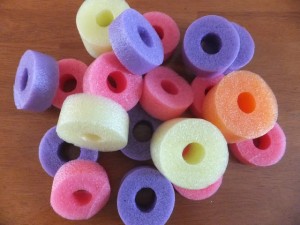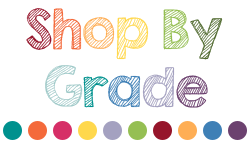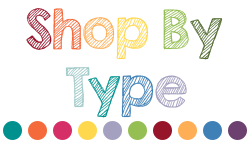

I’m going to go out on a limb here and guess that you’ve either already had, or will be having at some point this year, a meeting that you are NOT looking forward to. Whether it’s an IEP meeting, 504 Plan meeting, or even a parent-teacher conference, every now and then, we all have meetings we know ahead of time are going to be contentious or just plain unpleasant.
1. List out some positives
Sure, you’ve probably heard the “sandwich” technique of sandwiching negative information about a child to their parent in between 2 positive things. However, I can’t tell you how many meetings I’ve been in where the team completely loses sight of this and jumps right into the “well, your kid refuses to work…he bites others…I’m pretty sure he peed on another student in the bathroom Thursday…” Whether it’s frustration, feeling tight for time, or just being plain exhausted from dealing with difficult issues, we tend to get a little bit too much to the point. As a result, this often puts the parents on the defensive right off the bat. It pits you against them, and that never leads to anything productive. So, as cheesy as it is, find something positive to start with. Believe me, I know sometimes it seems really difficult (which is why I put this first – it may take you some time), but find SOMETHING.
 2. Get your facts together
2. Get your facts together
Ok, I’m going to warn you – you won’t like this one. Data….data…data…our schools are filled with it now. Benchmarking, progress monitoring, evaluating standards, discipline data, etc. etc. etc. Yeah, I know, I hate doing it too! However, if you’re going to go through the trouble of collecting the data, you may as well use it to help you! Before going into a meeting you think may be difficult, make sure you have data to back up your facts. This way, interventions can be implemented to address problem areas and you can present information objectively, rather than just anecdotally. It’s harder for people to attack data – they can attack your observations, biases, or thoughts, however!
3. Know what you’ve done
Along with bringing your data, make sure you keep track of what strategies, interventions, or supports you’ve already tried. Know what’s worked and what hasn’t worked. It provides a good starting point for problem-solving.
4. Plan for company
Figure out who is going to be at the meeting first. If it’s an IEP meeting, you might have a pretty large group. If you’re having a parent-teacher conference, it might just be you and the parent. In either case, make sure the location you’re using is as comfortable and private as possible. If you think you’ll need backup, have a building administrator or other staff member who works with the student join you for the meeting. Also, try to see if the parent will be bringing anyone else so that you can plan for space (and mentally if need be!).
5. Start with “boring” stuff first
If I’m in a meeting and I can tell the parent or other team members are entering it tense, I always try to bore them first. It may sound terrible, but it’s a really really effective way to get everyone’s feet wet in a non-threatening way. After starting the meeting with positives about the student, this often this takes the form of discussing lots of non-surprising assessment results (probably don’t just right into that Autism evaluation you just gave or IQ of 40 you just determined). I tend to favor things that support the hypotheses the team may have had previously (attention assessment confirmed attention concerns). Numbers often bore people, so they’re a great non-threatening way to begin or intervene if emotions are tense. If you don’t have assessments to go over, reviewing grades, attendance, or other information the team members mostly already know can be a good review to bring everyone up to speed without freaking anyone out. A few times I’ve just gone over a student’s social history interview REALLY thoroughly if the team needed a little time out. Most people aren’t going to experience strong emotions hearing that the student met developmental milestones on time, sees Dr. Smith as her pediatrician, didn’t have any serious illnesses as a young child, and enjoys riding dirt bikes with her brothers. It’s also a good way for me to double check with the parent (“Is this information still correct?”) and give them a voice for a bit.
6. Be prepared to break and reconvene
IEP meetings can be emotional. Lines can be drawn in the sand, people can take comments personally, tempers can flare. Plan ahead of time for what to do if things do get out of hand. That way, if you need to take a break and come back (5 minutes or 5 weeks later), you’ll know what your game plan is.
 7. Take notes
7. Take notes
Whether it’s you or another staff member, make sure someone keeps notes – particularly about the parent’s concerns. Keep them straight to the facts, and be objective. Avoid opinions when possible, documenting only exactly what happened as it happened. An administrator of mine always said, “If it’s not written down, it didn’t happen.” After documenting the parent’s concerns, also write how the team is working to address them. If issues arise after the meeting, you’ll want to make sure everything’s been documented.
8. Stay relaxed and calm
This one is not easy. During stressful situations, our fight or flight response takes over and completely blurs our ability to think and problem-solve. Hopefully it won’t get to that point, but check out my other tips for Dealing with Angry Parents just in case. The best thing you can do is harness your zen-like teacher skills. See #6 🙂
9. Have an “out”
Some of the best “worst” meetings I’ve been a part of become palatable because there’s something else to go to right afterwards. Maybe teachers have to leave at 3:30 by contract – or you have another meeting scheduled an hour after this meeting started – or the school day ends and the parents will have to pick up kids from daycare. Whatever it is, it often helps to establish an ending time. That way, if things do derail a bit, you won’t have to be “trapped” forever. Sometimes just knowing that business needs to be taken care of by a certain time will keep everyone on-track and in a problem-solving mode. But even if it doesn’t, you can at least be reassured that the rest of your day won’t be taken up in a difficult meeting.
Ultimately, you can’t plan for every difficult meeting. Every now and then they sneak up on you like a bad case of acid reflux. However, with a bit of planning, you can make sure you’re in the best possible situation for potentially stressful meetings to problem-solve and work to do what’s best for your students! After all, that is the point, right?!
If you have other suggestions or tips for surviving difficult meetings, share them in the comments below!




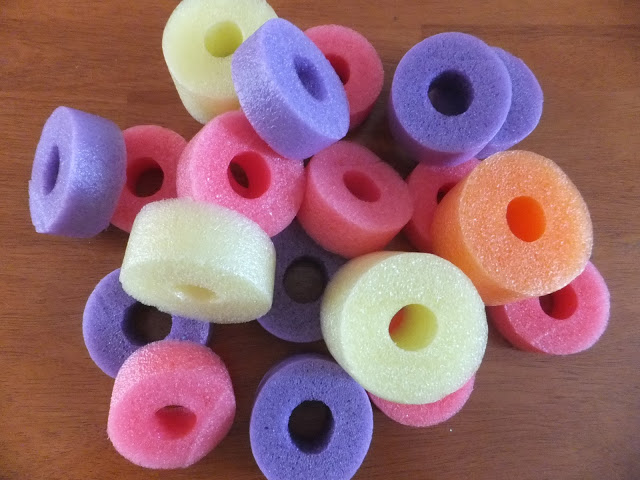
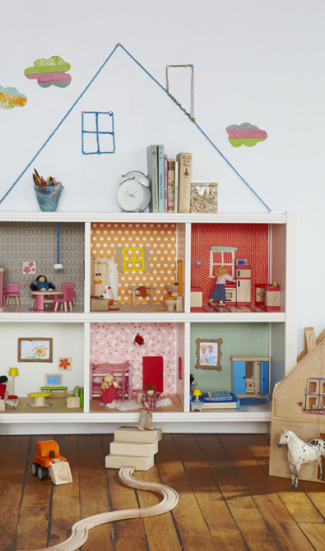


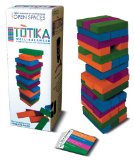 Jenga
Jenga